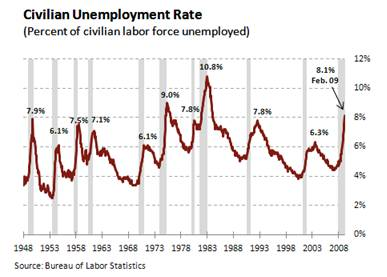We held our annual Belmont University Center for Entrepreneurship Business Plan Competition today. Our top student entrepreneurs made their pitches for a total of $8,000 in prize money to help support their entrepreneurial aspirations.
John Price and Sam Dryden shared their business, Lifetime Reel, which produces family documentaries. The idea came from a project John produced about his grandfather. John completed the documentary shortly before his grandfather passed away. John and Sam are both Entrepreneurship majors.
Chris Dorsey, a Music Business major, presented a social venture that he is a part of called the Umkulo Project, which came out of a service learning project he and others were involved in during a study abroad in South Africa. The Umkulo Project seeks alleviate the affects of poverty by providing the opportunity for African children to experience the hope that music education can bring.
Dale Clay, also a Music Business major, is founder of Red Winter Productions. His business composes custom wedding music, film scores, and music for advertising.
Cassie Schreiner is a double major in Graphic Design and Entrepreneurship. Her business, CNS Photographic Design, took second place in last year’s competition.
Hannah Miller is a classic academic overachiever, double majoring in Business and Spanish, with a minor in Theater. Her presentation was on The Everlasting Tea Party. Hannah’s business offers a Tea Party in a box for little girls to enjoy the creative play that she enjoyed as a little girl hosting her own tea parties.
Noah Curran is majoring in International Business with a concentration in Entrepreneurship. Noah is building a social venture called Real-8 that will bring Christian entertainment, including music, theatrical productions, and motivational speaking to churches across the country.
And the winners are….
3rd place and $1,000: Cassie Schreiner
2nd place and $2,000: Hannah Miller
1st place and $5,000: John Price and Sam Dryden

Here is what one of our judges had to say about the competitors this year:
“It is such an amazing luxury for entrepreneurial creativity to be fostered in an academic environment like that of Belmont. I am consistently impressed with the depth of knowledge their students have when they graduate regarding the direct applicability of classroom studying to ‘real world’ doing. Belmont professors are also entrepreneurs so they respond quickly to an ever-changing business environment, which gives their students a clear competitive advantage with regard to everything from concise and effective communication (or pitching) to price points and economics. I wish I had the opportunity when I was in college to learn about being an entrepreneur.”
Kind Regards,
Rachael D. Qualls
Founder and CEO
Angel Capital Network
Congratulations to all of the finalists!



